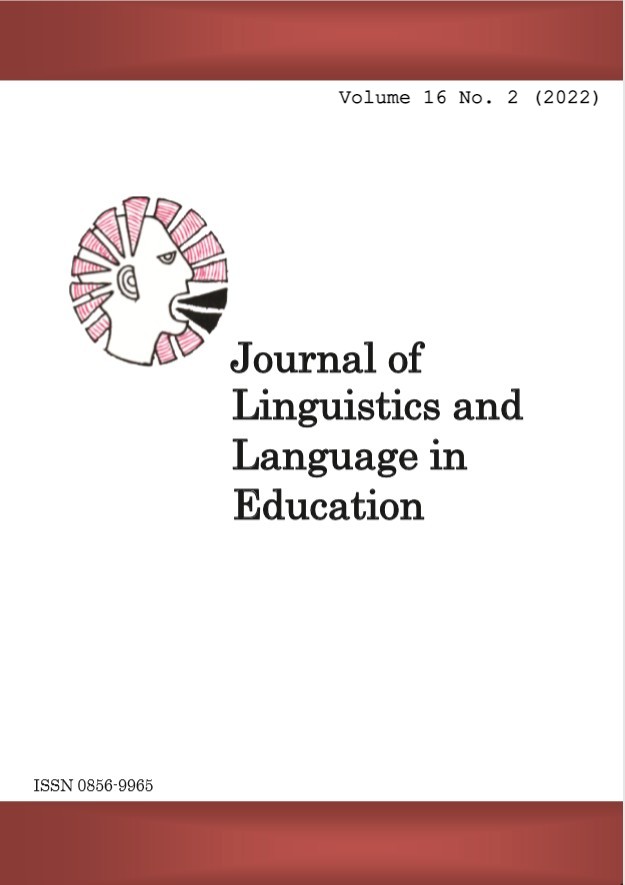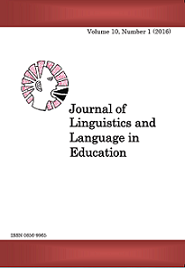A Minimalist Approach to the Analysis of the Structure of the Kܺbhwaná‹i Determiner Phrase
Abstract
While the postulation that a noun phrase is headed by a determiner is a widely accepted approach to the analysis of languages across the world, linguists struggle to ascertain the exact elements which stand as functional categories. This is because languages (especially those in the Bantu family) display individual idiosyncrasies in this area of enquiry. This paper, therefore, examines the Structure of the Determiner Phrase in Kɨbhwanɉi using the Minimalist Approach. Specifically, the paper sought to establish the functional categories that head the DP and to examine the order of modifiers in the Kɨbhwanɉi DP. Data were obtained from Makete District in Njombe Region, Tanzania. They were collected through acceptability judgement, document review and focus group discussion (FGD). The findings of the study show that the functional categories that head the DP in Kɨbhwanɉi are: augments, the prenominal possessive formative €“nya, and prenominal demonstratives. An augment and the formative €“nya occur pre-nominally with their nouns where they function as determiners. The prenominal demonstrative is raised from its original (base generated) position below D. It has also been found that modifiers may range from one to six. This yields the order (DEM)/(AUG)/(DISTR)/(POSS) > N > POSS > QUANT > DEM > NUM > ADJ > REL. The order of these modifiers is not rigid. For the purpose of encoding emphasis or focus, the order may change, thus making the order neutral.
Keywords: Structure, Minimalism, Bantu languages, determiner phrase, Kɨbhwanɉi
DOI: 10.56279/jlle.v16i2.4
Downloads
Published
Issue
Section
License
Copyright © by Department of Foreign Languages and Linguistics, University of Dar es Salaam
All rights reserved. No part of this publication may be reproduced or transmitted in any form or by any means, electronic or mechanical, including photocopying, recording, or any information storage or retrieval system, without permission in writing from the publisher, except for short extracts in fair dealing, for research or private study, critical scholarly review or discourse with an acknowledgement.



